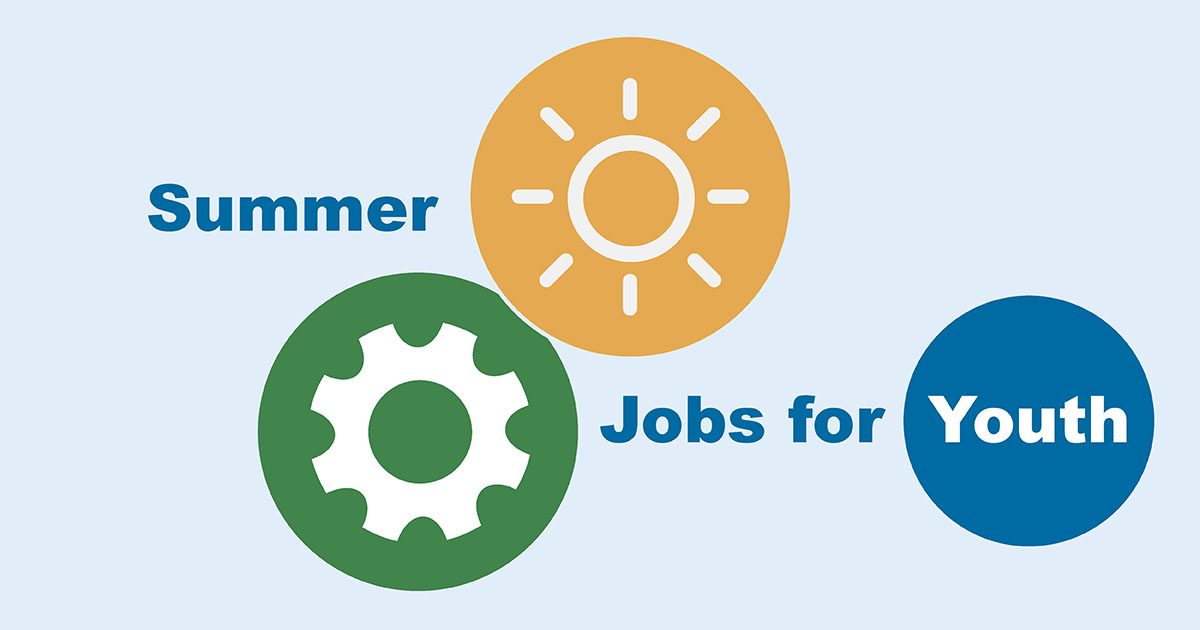An Introduction to the World of Work
A Study of the Implementation and Impacts of New York City’s Summer Youth Employment Program

At the turn of the 21st century, employment rates among teenagers and young adults in the United States began falling dramatically, a trend that accelerated during the Great Recession and has since reversed little. In this context, public programs that provide paid summer jobs to young people may play an especially important role in providing early work experiences for teenagers and young adults who would not otherwise have them. Participants in these programs benefit by earning immediate income and may also learn valuable work-related soft skills that could help them in the future.
This report examines the impacts of the nation’s largest summer youth jobs program — New York City’s Summer Youth Employment Program (SYEP) — on young people’s education, employment, and earnings. MDRC’s evaluation, which is funded by the U.S. Department of Labor and a private foundation, includes a sample of nearly 265,000 young people who applied to SYEP for the first time between 2006 and 2010. The analysis uses an experimental design that relies on SYEP’s randomized lottery application system. Drawing on interviews, focus groups, and a survey of service providers conducted in 2015, the report also describes SYEP’s implementation and the experiences of participants.
The implementation analysis reveals a consistent theme: SYEP’s large scale greatly shapes its implementation and participants’ experiences. Identifying and screening work sites and making job placements for nearly 50,000 young people each summer is an enormous undertaking that requires year-round planning and coordination. SYEP’s size also makes it challenging to provide meaningful, skill-building work experiences for all participants. As a result, there is considerable variation in the types and quality of SYEP work experiences, even within the same job sector and industry.
The impact analysis shows that SYEP had large impacts on young people’s employment and earnings during the summer for which they applied. As a result of the program, those who won places in SYEP through a randomized lottery were 54 percentage points more likely to be employed and earned $580 more during that summer, on average, than those who did not. In other words, the program met its primary objective of increasing the employment and income of New York City’s young people during the summer. And it did so with minimal “substitution”: most applicants who lost their lotteries, especially the youngest of them (the 14- and 15-year-olds), did not find other jobs during that summer. Apart from these impacts on individuals, SYEP also partly bears the labor costs for a substantial number of employers, including hundreds of day camps. SYEP was less successful in improving longer-term outcomes: the program had little effect on education, employment, or earnings beyond the initial summer.
The implementation and impact findings presented in this report highlight the tension between the program’s short- and long-term goals, as it is difficult to provide jobs and income to a large number of young people in a short period while at the same time providing services that are individually tailored and that are intensive enough to alter their long-term outcomes. Some new and future changes may strengthen the program, however. In recent years, the city has made efforts to customize services for some types of participants and to make program funding more consistent, and there are plans to pilot test some adaptations to the program in the future. It will be important to assess whether such changes improve the program without jeopardizing what it currently does well.







